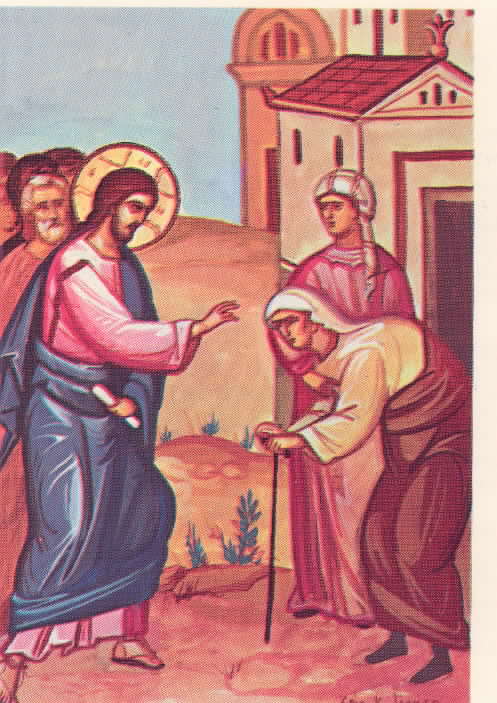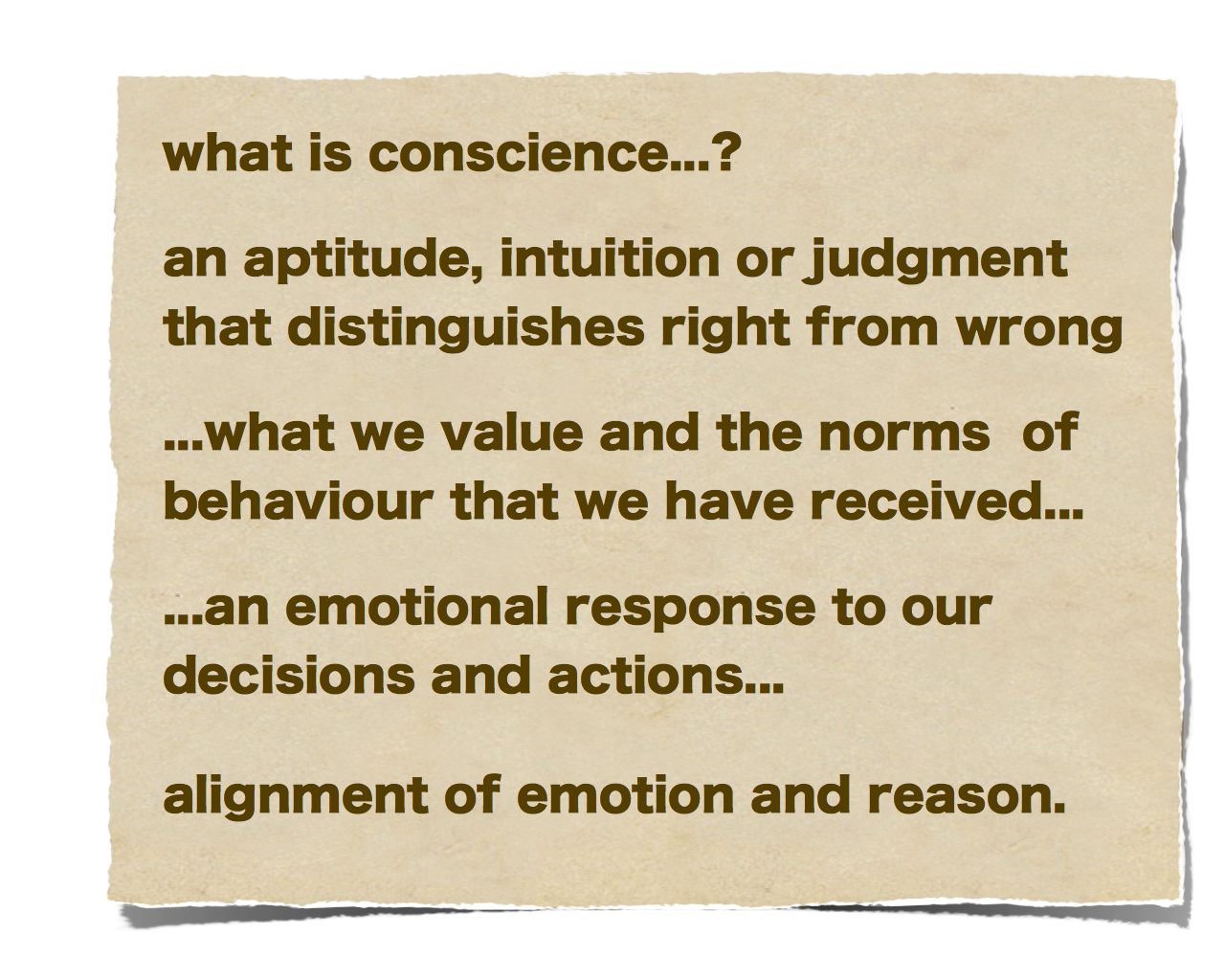Year 9 Religion
Tuesday, July 23, 2013
Tuesday, June 25, 2013
Healing Bible Stories

1.Read the Bible Story
2.match each story to an explanation
3.short summary
4.what healing is done?
5.What it tells us about Jesus?

In this story Jesus disputes the Scribes and Pharisees
understanding of the meaning of the Jewish law of the Sabbath by Jesus healing a man with a shrivelled hand.
•Jesus is showing a Physical healing because he heals a mans
hand
•In this story it tells us that Jesus is a compassionate,
brave, powerful and caring person and has a passion for justice.
Luke 13:10-17=story one
In this story Jesus is teaching in a synagogue on a Sabbath
and a Woman was there who has been crippled by an evil spirit and Jesus heals
her, the outrage of the synagogue leader causes him to question Jesus “There
are six days for work. So come and be healed on those days, not on the
Sabbath.” However, Jesus answered “You hypocrites! Doesn’t each of you on the
Sabbath untie your ox or donkey from the stall and lead it out to give it
water? 16 Then should not this woman, a daughter of Abraham, whom Satan has
kept bound for eighteen long years, be set free on the Sabbath day from what
bound her?”
•Jesus is demonstrating a physical healing as he touched her
and she was healed and could stand up straight
•This story depicts the kindness and compassion of Jesus and
also shows his wisdom and knowledge
This story is about when Jesus Healed a Paralyzed man and forgave him of sins which was seen as an act of blasphemy by the Pharisees.
- Jesus healed the man spiritually and physically because he forgave the mans sins and made him walk again
- Jesus is merciful, forgiving and loving and shows authority

John 9:1-12=story 5
This story is about how Jesus healed a blind man from birth, he did this by spitting on the ground and made mud with his saliva and dirt and put it on the man's eyes. Then he told him to wash his eyes in the pool of Siloam, the man did this and he could see.
- Jesus performed a physical miracle because he healed the man from blindness.
- From this we can understand that Jesus was and is a being of complete healing and comfort and humility.

Luke 18:35-43 = story 2
This story is about a blind man who asked for Jesus's mercy and healing. Jesus listened to the man and both forgave him and made him see again.
- In this story there are 2 kinds of healing; spiritual and physical
- This story depicts Jesus' love and mercy and healing, it also shows his willingness to listen and also enforcing the concept of "ask, and you shall recieve"

Wednesday, June 19, 2013
What Happens in the Sacrament of Penance and Reconciliation?

Define the word Reconciliation
1. To re-establish a close relationship.
2. To settle or resolve
3. To restore to friendship or harmony
Four things must happen when we receive the Sacrament of Reconciliation;
1. We must truly feel sorry for our sins
2. we must confess our sins to a priest
3.we must be willing to make amends from harm made when we sinned
4. we must receive absolution and forgiveness from the priest.
The Sacrament of Reconciliation includes the following steps;
1. Examination of Conscience
2. Confession of sins
3. Receive Penance
4. Pray the Act of Contrition
5. Receive Absolution
Examination of Conscience
- Before you go to confession, you should take time to think about ways you have hurt your relationship with God. Have you sinned?
- Think about the Ten Commandments and ask yourself if you have broken any of these.
1. Enter the confessional and kneel or sit
2. Bless yourself with the sign of the cross and say "Bless me, Father for I have sinned." State how long has it been since your last confession.
3. The priest may read a passage from Bible
4. The priest will ask you to confess your sins.
5. The priest will give you your penance (usually prayers or actions you must do).
6. The priest will invite you to pray the Act of contrition.
7. The priest says a prayer, and in the name of Jesus, absolves your sins.
8. Thank the priest and leave the confessional.
9. Do your penance as soon as you can.

Tuesday, June 18, 2013
Reconciliation & our Conscience
1.What makes people want to say sorry?
When someone has done something wrong they may feel guilty about it and want to apologise
2.How is the sacrament or reconciliation a celebration?
Reconciliation is a celebration of the acknowledgement of one's sins and taking responsibility for them and repairing and strengthening their friendship with God and the Church.


3.Name some selfish attitudes which lead to selfish actions that might be
confessed, for example, greed leads to stealing.
- Hate may lead to revenge (murder etc.)
- anger may lead to abusive behaviour
- Jealously may lead to gossip and hurtful words and or fights

4.List the feelings associated with sin and its consequences (eg: guilt,
alienation, loneliness)
- hate, punished, miserable-depressed
- Jealously, not accepted, alone- depressed - worthless
5.What are some of the consequences of sins?
- Separation from God, Jesus & Holy Spirit
- Harmful to one's self
- Harmful to others
- sin might follow with more sin
- Eternal death
- Hell
- shame
6.Does everyone have a conscience? What is it?
Yes, a conscience is when you no/ understand whats right and wrong. It is also making a ethical and righteous decision.
7.Suggest three questions that would help someone to examine his or her
conscience.
- Am I treating others with love and respect?
- Am I speaking words of encouragement and love and being non-judgemental?
- Am I doing/completing God's Will?
Sunday, June 16, 2013
Reconciliation

What happens when we sin?
When we sin, we don't just break a law, we break our communion, our unity with God. We also break our communion with the church.
When did Reconciliation
begin?
Reconciliation began with a practice in Celtic monasteries that spread throughout the church when annual confession became a requirement by the church (Fourth Lateran Council,1215)
Why do we confess to a
priest?
Only God can forgive sin, but Jesus also wanted/said we should confess to someone else so we can acknowlege our sin and be forgiven by them. “Whose sins you forgive are forgiven them, and whose sins you retain are retained.” (we confess to a priest because they have the power to forgive sins)
Why do we need to confess
out loud?
By confessing our sins out loud we take responsibility for them, and therefore open ourselves again to God and to the communion of the church.
What is a contrite
heart?
A heart that is truly sorry about what you've done (repentant)
Look up definitions for
mortal and venial sins?
A serious, grave or mortal sin is the knowing and willful violation of God's law eg; idolatry, adultery, murdere etc.
Venial Sins are slight sins. They don't break our friendship God although venial sins do injure it. Which involves the disobedience of the law God in slight matters eg. gossiping
What does it mean to be 'out
of communion?"
out of communion means out of touch or disconnected.
Can a priest tell anyone
about your confessed Sin? Explain?
No, because of the sacramental seal. A priest who breaks the seal can be excommunicated from the church and only the Pope can restore the role of that priest.
Wednesday, June 12, 2013
Jesus and Healing
Mark 5:21-43 Jesus raises a dead girl and heals a sick
woman.

Questions
Jesus was walking with common people and people were
gathered around him when a woman who was bleeding and was getting worse,
thought if she only touched Jesus then she would be healed, so she did this and
she was immediately healed of all her suffering. Jesus then said "who
touched me?" the women then kneeled before Jesus filled with fear then
Jesus said to her “Daughter, your faith has healed you. Go in peace and be
freed from your suffering.”
Then Jairus (a
synagogue leader) said “Your daughter is dead,” they said. “Why bother the
teacher anymore?”Jesus overheard this;Overhearing[c] what they said, Jesus
told him, “Don’t be afraid; just believe."Jesus then went to the 12 yr old girls house where there was
a lot of commotion (wailing and crying)“Why all this commotion and wailing? The child is not dead but asleep.” 40 But they laughed at him.
Jesus then went to the child and;“Talitha koum!” (which means “Little girl, I say to you, get up!”). 42 Immediately the girl stood up and began to walk around (she was twelve years old). At this they were completely astonished. 43 He gave strict orders not to let anyone know about this, and told them to give her something to eat.
How did she show her faith
She had faith and hope and believed that he would heal all
her suffering just by touching him.
Because Jesus seeked the person who touched him and blessed
her. He also didn't judge the two people and just healed them.
3) How did the groups of people differ in the two stories ?
In one group there was common people and the other group was the religious leaders.
Did Jesus care about 'social status'?
No, Jesus helped everyone and anyone, he had/has no
judgement and no prejudice and treats everyone with love and equality.
How can we apply this message (see 'judge' act) in our own
lives?
We can apply this message by trying not to judge others and
to help anyone in need.
Subscribe to:
Posts (Atom)












